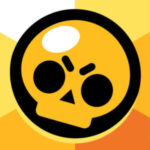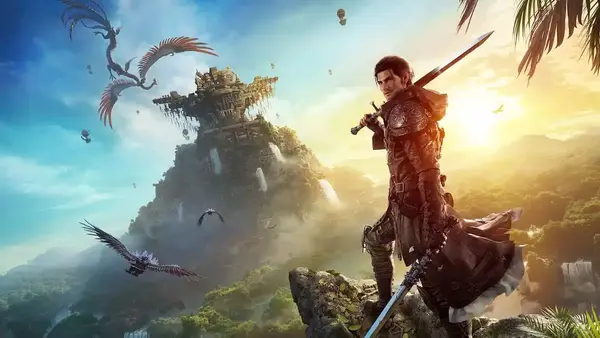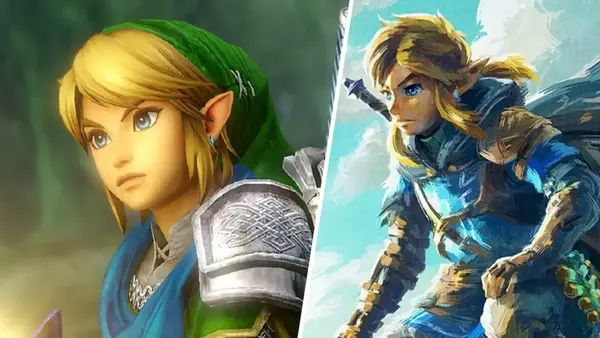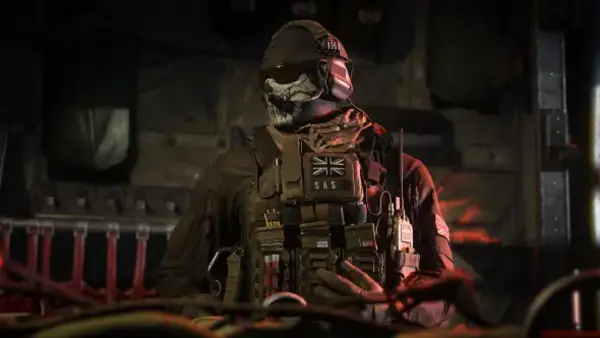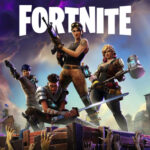Advertisement
Popular Now
Introduction
Overwatch 2, Blizzard’s highly anticipated team-based shooter, introduces new maps, modes, and heroes while evolving the original game’s design. However, one of the biggest challenges for Blizzard is balancing hero power to ensure a fair and engaging experience for all players. This article delves deeply into the balancing issue, exploring how certain heroes, abilities, and meta shifts impact gameplay quality, fairness, and player retention. By examining Overwatch 2’s ongoing balancing efforts, we aim to understand why finding equilibrium is so challenging and propose ways it could be improved.
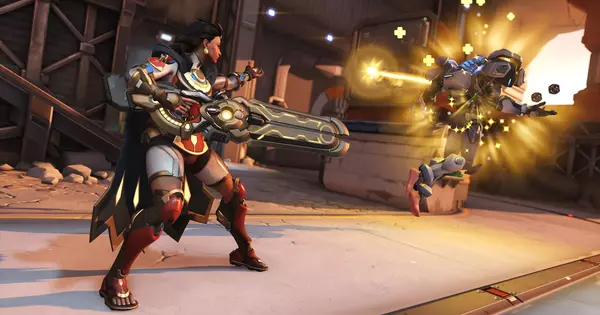
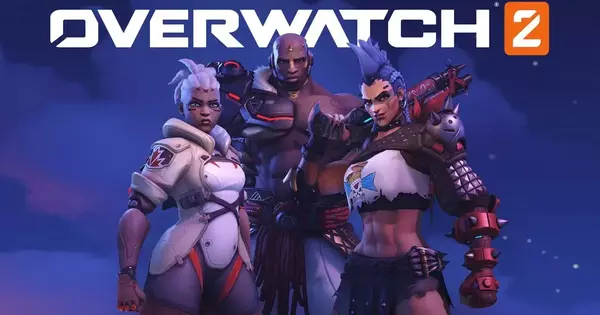

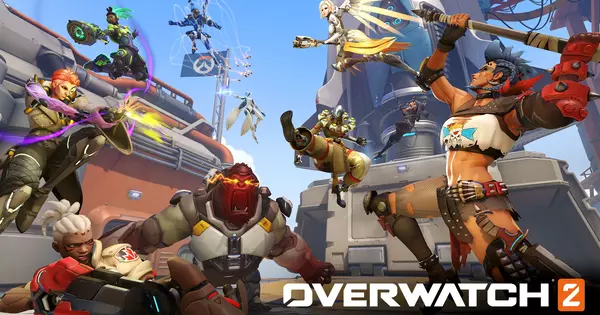
Conclusion Balancing Overwatch 2’s heroes and gameplay experience is a multifaceted challenge that affects every aspect of the game. With a diverse roster and different skill levels across the player base, finding equilibrium is an ongoing task. While Blizzard’s approach of listening to feedback and regularly updating the game has had some success, deeper structural solutions might be necessary to improve balance. Through innovative balance changes and testing methods, Overwatch 2 can continue to grow while addressing its complex hero balancing issues.


1. The Challenge of Hero Balancing in Overwatch 2
Balancing Overwatch 2 heroes is essential to maintaining fair gameplay and an enjoyable player experience.H3: A Diverse Roster with Unique Abilities
Each hero in Overwatch 2 has unique abilities, contributing to distinct playstyles. However, this diversity also makes it challenging to ensure balanced encounters.H4: Role-Based Challenges in Balancing
Heroes fall into categories like Tanks, Damage, and Support, each with different strengths. Balancing them requires addressing unique challenges associated with each role.2. The Impact of Meta Shifts on Game Balance
Frequent meta shifts occur as certain heroes become dominant, altering gameplay strategies.H3: Overpowered Heroes and Meta Dominance
When one hero or set of abilities becomes too strong, players flock to these heroes, leading to stale meta environments where diversity is limited.H4: Negative Player Experiences from Meta Trends
This creates a negative experience for players who enjoy using other heroes, as they feel compelled to switch to stay competitive.3. Case Study: The Tank Dilemma
Tanks in Overwatch 2 are vital for controlling space and protecting teammates, but balancing their power has been a constant challenge.H3: Role of Tanks in the Current Meta
Tanks have seen a shift in abilities, with some becoming overpowered while others struggle to stay relevant. This impacts team dynamics and match outcomes.H4: The Issue of Sustain and Aggression Balance
Balancing the sustain (ability to take damage) and aggression (ability to deal damage) of tanks has proven difficult, leading to some tanks dominating and others underperforming.4. Overpowered Damage Heroes and Their Impact
Damage heroes can quickly turn the tide of a game, but their power needs careful balancing.H3: Burst Damage vs. Sustain Damage
Burst damage heroes can eliminate opponents instantly, while sustain damage heroes chip away over time. Striking a balance between these types is key.H4: Effects on Casual and Competitive Play
An imbalance in damage power affects casual players more, who may struggle to counter certain heroes due to skill or hero limitations.5. Support Heroes: The Need for Buffs or Nerfs?
Support heroes offer healing and buffs but can become either too strong or too weak depending on the game’s balance changes.H3: Balancing Healing with Damage Output
When healing is too strong, matches can become drawn-out stalemates. Too weak, and Support heroes cannot sustain their teams, leading to quick losses.H4: The "Pocket Support" Problem
Some Support heroes excel when paired with specific damage heroes, leading to “pocket” combinations that overpower opponents and limit diversity.
6. How Map Design Affects Hero Balance
Maps play a crucial role in Overwatch 2’s balance, as certain heroes perform better or worse based on map layout.H3: Maps Favoring Certain Hero Abilities
Maps with long sightlines benefit snipers, while closed spaces favor close-range heroes. This creates balance issues across the game’s diverse map pool.H4: Rotating Map Pools to Mitigate Imbalance
Blizzard has experimented with rotating map pools to ensure no one hero has a consistent advantage, though this has seen mixed feedback from players.7. The Problem of Counterplay and Hero Swaps
Overwatch 2 encourages players to counterpick opponents by switching heroes, but balancing counterplay remains complex.H3: Difficulty in Effective Counterplay
Certain heroes lack viable counters, which restricts team flexibility and leads to frustration when players cannot easily respond to overpowered heroes.H4: The Learning Curve for New Players
Balancing counterplay is especially tough for new players, who may not understand counters, leading to frustration when they face dominant heroes without recourse.8. Addressing Power Creep in Overwatch 2
Power creep, where new heroes or buffs make existing heroes feel weak, has been an issue in Overwatch 2.H3: Introducing New Heroes Without Disrupting Balance
Each new hero must be carefully balanced to avoid making older heroes obsolete or creating a power imbalance in the game.H4: Regularly Re-evaluating Existing Heroes
Blizzard’s strategy of periodically updating older heroes helps keep them relevant, though frequent rebalancing can also lead to instability in the meta.9. Community Feedback and Its Role in Balance Changes
The Overwatch community’s input is invaluable in shaping balance changes, though it presents unique challenges.H3: The Influence of Casual vs. Competitive Players
Casual players have different preferences than competitive players. Balancing for both groups is challenging, especially since high-level players’ needs often conflict with the casual experience.H4: Balancing Based on Data and Feedback
Blizzard analyzes data to track hero performance and listens to player feedback, though it’s challenging to make everyone happy, especially with varied playstyles.10. Potential Solutions for Improved Hero Balance
While balance will never be perfect, certain approaches could improve fairness and gameplay quality in Overwatch 2.H3: Implementing Role-Specific Adjustments
Rather than applying global changes, Blizzard could apply targeted adjustments within roles to balance heroes more effectively.H4: Testing Hero Adjustments in Limited-Time Modes
By testing adjustments in temporary game modes, Blizzard could gather feedback before rolling changes out permanently.
Conclusion Balancing Overwatch 2’s heroes and gameplay experience is a multifaceted challenge that affects every aspect of the game. With a diverse roster and different skill levels across the player base, finding equilibrium is an ongoing task. While Blizzard’s approach of listening to feedback and regularly updating the game has had some success, deeper structural solutions might be necessary to improve balance. Through innovative balance changes and testing methods, Overwatch 2 can continue to grow while addressing its complex hero balancing issues.


